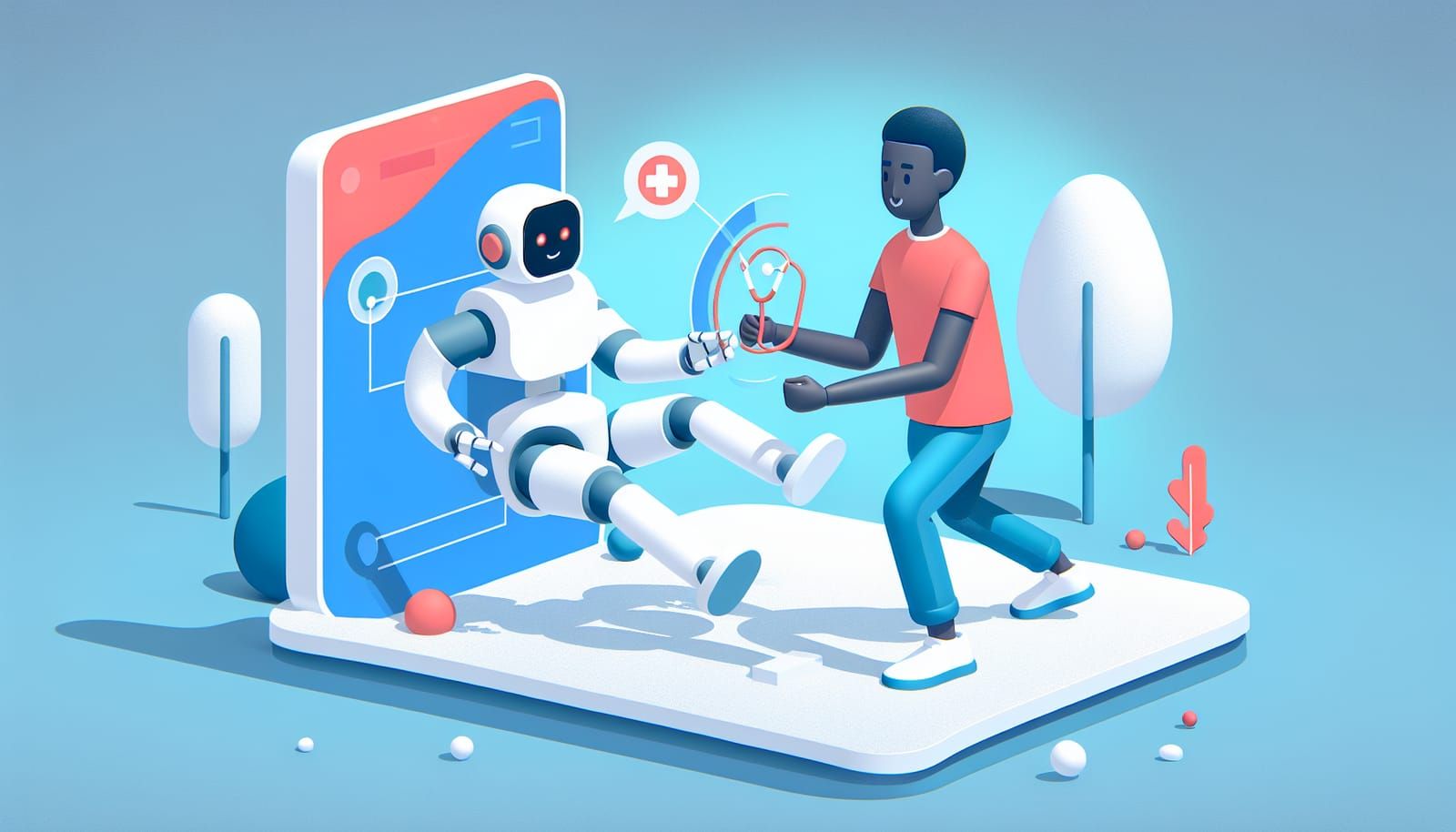In today's digital world, chatbots have become a common presence, popping up on websites, social media, and even in our smartphone apps. They seem friendly and helpful, ready to answer your questions or assist with tasks. However, there’s an intriguing truth behind these digital helpers that many people overlook: chatbots don’t truly understand you; they predict what you might say or want based on patterns in data. Let’s explore this fascinating aspect of AI and what it means for our interactions with these smart systems.
What Are Chatbots?
Before diving deeper, let’s clarify what chatbots are. A chatbot is a software program designed to simulate conversation with human users. They can be simple or complex, ranging from basic text responses to sophisticated systems powered by artificial intelligence (AI). Chatbots can be found in various applications, from customer service to personal assistants like Siri or Alexa.
But how do they work? The answer lies in algorithms, data, and prediction.
The Basics of Prediction
At the heart of a chatbot's functionality is a process called "prediction." Unlike humans, who understand context, emotions, and the nuances of conversation, chatbots analyze vast amounts of data to predict responses. They use patterns from previous conversations and interactions to determine what you might say next or what you might need help with.
Think of it like a game of guessing what comes next. If I say, "Once upon a time," a chatbot might predict that the next part of the conversation will involve a story or a character. It uses previous patterns to make an educated guess!
Understanding vs. Predicting
Understanding involves comprehending the meaning behind words, emotions, and context. For humans, understanding is intuitive. We can read between the lines, pick up on tone, and respond appropriately. Chatbots, on the other hand, lack this ability. They analyze text, break it down into parts, and then use statistical models to predict the most likely responses based on what they’ve learned from their training data.
This difference is crucial. When you communicate with a chatbot, it is not truly "listening" or "understanding" in the human sense. Instead, it’s scanning through its database and making predictions about what would be an appropriate response.
The Training Process
So how do chatbots learn to predict? This is where machine learning comes into play. During the training process, chatbots are fed vast amounts of text data—everything from books, articles, and online conversations. This data helps them recognize patterns in language.
When a chatbot encounters a new question or request, it compares it to what it's learned during training. If you ask, "What’s the weather like today?" the chatbot has likely seen similar questions before and knows how to respond. It doesn't understand the weather or what "today" means; it simply predicts a relevant response based on the data it has processed.
The Limitations of Chatbots
Despite their impressive capabilities, chatbots have limitations. They can struggle with complex questions or nuanced topics. For example, if you ask a chatbot a multi-part question or use slang, it might give you a confusing answer or not understand at all.
This is because the chatbot lacks the human ability to infer meaning from context or emotion. It can only work with the data it has available. If the data doesn't include specific phrases or contexts, the chatbot can easily get lost in translation.
The Role of Context
Context is essential in conversations. For instance, if I say, "I’m feeling blue," a human might understand that I’m feeling sad. A chatbot, however, might interpret it literally and respond with something unrelated, like a question about the color blue. This is a key difference in the way humans and chatbots communicate.
To improve their accuracy, many chatbots are now designed to consider context by remembering previous interactions. By doing this, they can provide more relevant responses. However, they still operate on prediction rather than true understanding.
The Positive Side of Chatbots
Despite their limitations, chatbots have made significant strides in improving our daily lives. They provide instant support, answer common questions, and can even help with tasks like booking appointments or troubleshooting issues. This can save time and make processes more efficient.
Furthermore, they can be available 24/7, meaning you can get help whenever you need it—no waiting in line or being put on hold. For businesses, this means reduced workload for human staff and increased customer satisfaction.
Future of Chatbots
As technology continues to evolve, so will the capabilities of chatbots. With advancements in natural language processing (NLP) and machine learning, future chatbots may come closer to understanding human emotions and context. Researchers are actively working on improving these systems, making them more intuitive and responsive.
Imagine a future where chatbots can detect your mood based on your words and respond with empathy or support. While we’re not there yet, the potential is exciting!
In summary, chatbots are powerful tools that predict rather than understand human language. They analyze data, recognize patterns, and generate responses based on what they’ve learned. While they lack the depth of human understanding, they still offer valuable assistance in our daily lives.
Understanding this distinction can help us interact more effectively with these digital companions. Remember, when you chat with a bot, you’re engaging in a prediction game rather than a genuine conversation.
As we continue to explore the world of AI, let’s celebrate the advancements while also acknowledging their limitations. Who knows? The next chatbot you interact with may surprise you with its ability to predict just what you need!


